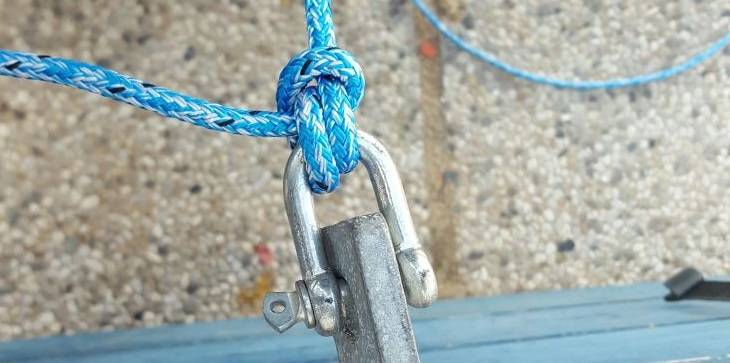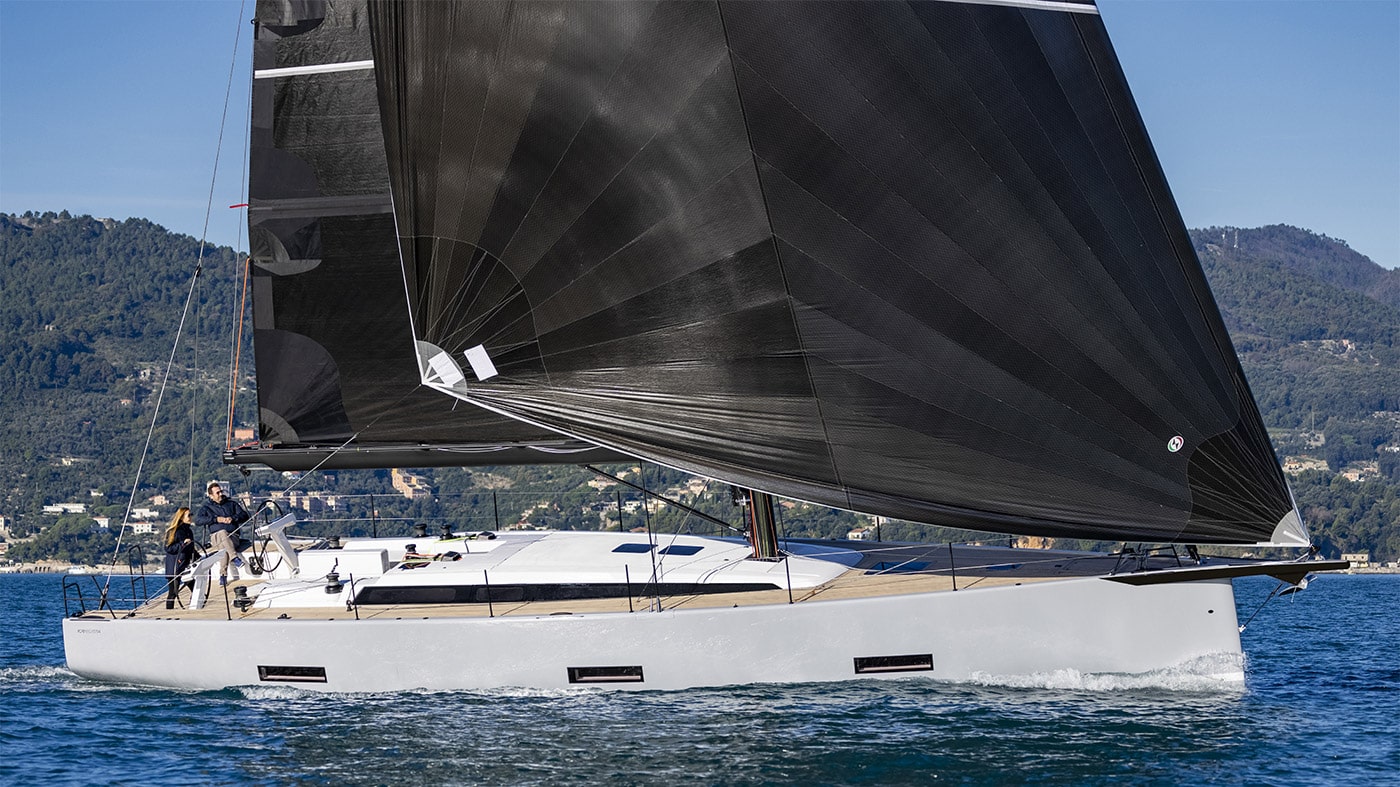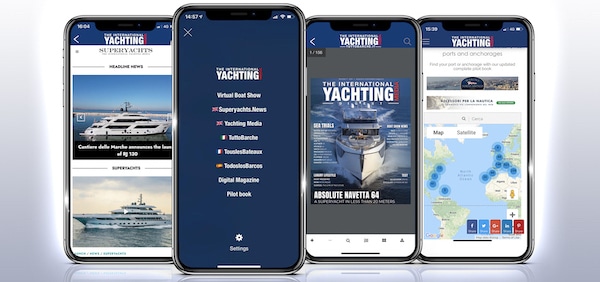Leggi l’articolo in italiano
The waves reaching the quarter give a such pressure it makes the boat luff. This push towards the wind will be greater in the boats featuring a narrow stern, where we will be obliged to use all our strength, experience and sensibility. A boat with classic lines, with streamlined parts and sucked-in bow and stern, is more difficult to be steered when it hauls the wind. Consequently, it is necessary to anticipate and have a good sensibility in order to prevent a dangerous push.
On the contrary, on modern boats, with a larger stern, the helmsman’s work will be the same but probably less hard and the possibility to recover the right sailing point is greater.
In all cases, the helmsman’s sensibility is fundamental. He should work in advance with the wheel and bear away gradually when he perceives that wave is coming. When the boat climbs down in the wave cavity, the helmsman should head up again. This is essential to maintain the right sailing point and route.
Another essential element is speed. If we are sailing too fast and waves are steep and short, the risk is to put the bow into the wave. Vice versa, if we are too slow, the water running with the wave is faster than the boat and the flow on the rudder inverts; consequently, the water doesn’t hit it from the bow to the stern but in the opposite direction, by compromising direction holding. Once climbed down into the cavity, the speed decreases suddenly and the risk of a breaker becomes real.
It’s useless to dance around it: in these conditions, the essential element is the skipper’s experience. He must not only be able to steer the boat on waves with sensibility and in advance, but he also must be able to choice how much sail he wants to show to the wind. A solution to avoid the risk of broaching is to lower the mainsail and sail only with a small sail on the bow. This way, we reduce speed a little. In this case, we can use the engine. This is a possibility but, to tell the truth, it never happened to me to use a mechanical engine in order to obtain the right speed to escape a sea storm.
Sailing up a sea storm is very hard, sometimes impossible. This is why it is important, when you face a medium- length crossing especially in winter, to plan it well, with a good weather forecast in your hands and an alternative strategy to your plans in your mind.
But if we are obliged to sail close to the wind, we must be aware of the fact that we are walking into harder conditions for the boat and its crew.
Being careful and using caution is good but not at the expense of balance.
A good balance in terms of sailing area and sailing point is crucial. What does it means? Also in this case, the most important thing is the relationship between the boat and its captain. The boats says what happens. So, if we realize that we must bear away in order to maintain the sailing point, we must reduce or lower the mainsail. And if we are too swerved and with a too accentuated pitching, we should reduce the jib, too, in order to find the best balance.
We talked about the possibility to lower the mainsail and use only the jib, even when we sail close to the wind.
No, it is not a crime of lese majesty. Experienced many times, especially in short waves and tense wind, the result was a good balance and less fatigue for both boat equipment and helmsman, with a greater leeway.
In these conditions, before understanding how to “treat” waves, we must understand how much we can hug them. This is suggested by the boat and the possibility to bear away a little more than wind would allow is always real. Once the sailing point has been established, the helmsman will need to focus on steering. In rough sea and long waves, he will be obliged to head up by climbing on the wave; then, he will bear away when he will be climbing down.
It is clear that the helmsman has the hardest work, not only in physical terms. Attention must be absolute to prevent any mistakes. If the helmsman is, as it is possible, also the skipper, he must be sure that the rest of the crew, engaged or not in a maneuver, respects few safety rules: jackets must be put on and belts fixed to the life line.





























